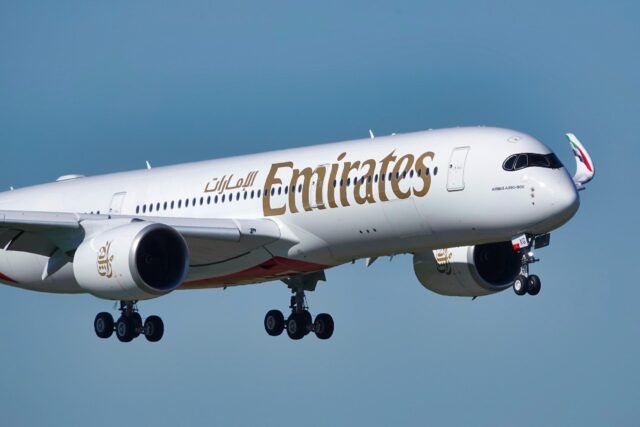Egyptair fatal crash: explosive materials indicated in final report
November 4, 2024

The Egyptian Civil Aviation Authority has released its final report into the loss of Egyptair flight MS804, which crashed on route from Paris to Cairo in May 2016 with the loss of 66 souls; indicating that the effects of explosive materials rendered the aircraft’s flight path “uncontrollable”.
The Egyptian Aircraft Accident Investigation Directorate (EAAID)’s final report was presented by a ‘triple committee’, headed by a forensic evidence expert, and joined by a forensic medicine and aviation expert.
On 19 May 2016, the Egyptair flight had entered Greek airspace when it was lost from radar. Wreckage retrieved from the Mediterranean sea included the cockpit voice recorder, which indicated the flight crew had called out “fire”. A lavatory smoke detector warning was triggered first, followed by an avionics smoke warning, before a “few minutes later, several computers failed sequentially”. The aircraft then plummeted into the sea.
An explosive package containing TNT and DNT – “located at the forward galley just behind the rear section of the cockpit” – was stored in the crew’s meal carts and detonated “after a certain elapsed time,” explained the investigation committee. This explosion damaged the oxygen line pipe passing behind the galley area, “resulting in a leak in the oxygen cylinder in the cockpit and starting fire as a result” – with the subsequent formation of toxic carbon monoxide gas rendering the flight crew incapacitated.
“There was no call from cabin to inform cockpit crew of any developing situation outside the cockpit. It could be interpreted as: it was so sudden and strong that the cabin crew did not have the chance to communicate it to the cockpit,” continued the report.
Although an initial 2018 report from France’s Bureau of Enquiry and Analysis for Civil Aviation Safety (BEA) pointed to a fire onboard, a 2022 amendment indicated that an illicit cigarette may have ignited oxygen in the pilot’s oxygen mask. Although the final report indicated that “no systematic and obvious danger has been established from smoking near an oxygen mask storage box, even with a mask in the emergency position or when the box has been reset,” it is “unlikely but possible” a cigarette could cause a fire.
“Consequently, the BEA recommends that EASA ensure that the danger represented by a glowing cigarette in the cockpit be taken into account, the associated risks assessed and that certification and operational regulations be amended where applicable,” concluded the report.
















